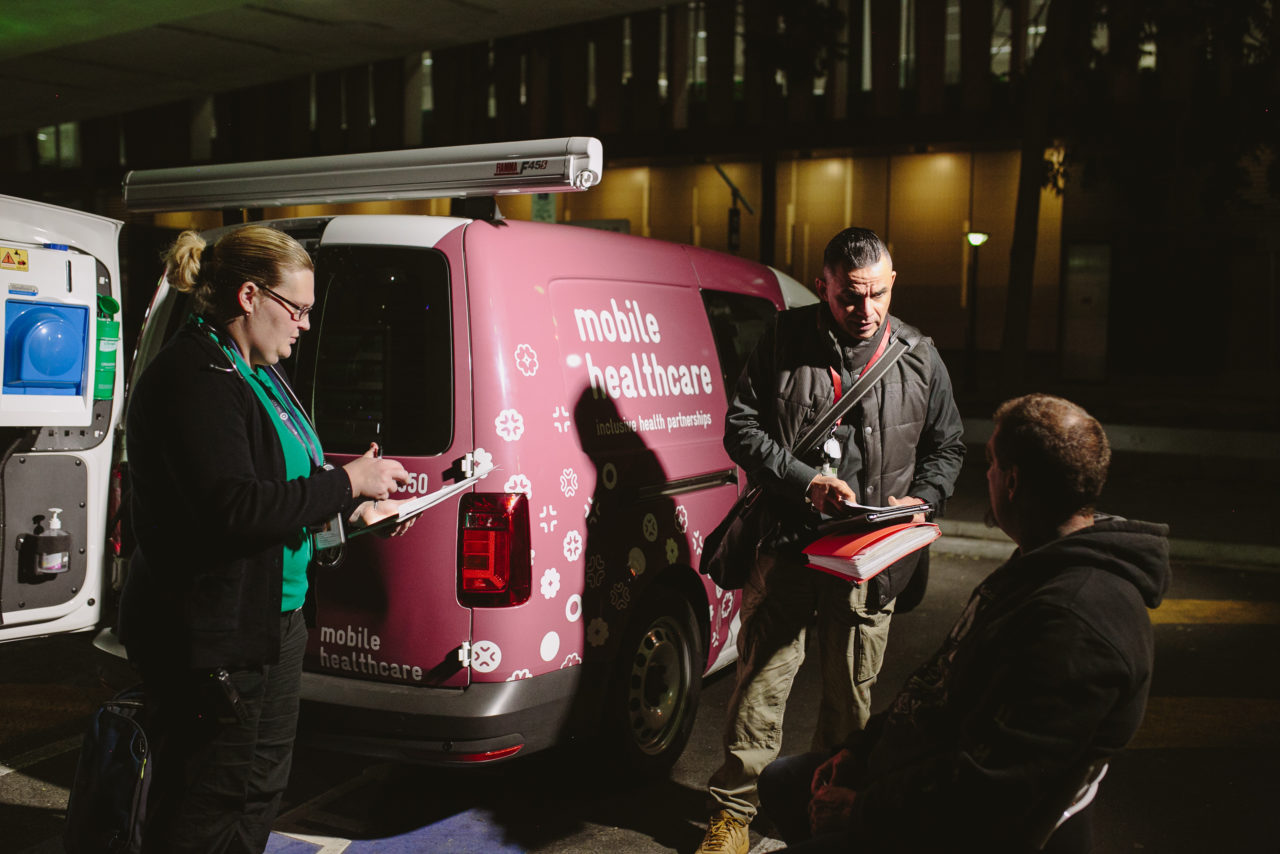
Mapping Homelessness in Australia
Electorate-by-electorate data showing the number of people experiencing rough sleeping in Australia.
We don’t know how many people are homelessness on any given night in Australia - but we should. The Census released every five years is an estimate, and by the time the data is released, it’s usually years out of date. We know that you can’t change what you don’t measure, that’s why communities across the country are seeking the identify every person who is homeless in their community, starting with those sleeping rough. These communities form part of the Advance to Zero Campaign a ground-breaking national initiative of the Australian Alliance to End Homelessness. You can find out more about it here ( www.aaeh.org.au/atoz ) and can see the latest data from Brisbane here ( https://www.brisbanezero.org.au/track-our-progress ) and Adelaide here ( https://www.dunstan.org.au/adelaide-zero-project/dashboard/ ).
Whilst the communities involved with the advance to zero campaign are working to identify, in real time, the number of people sleeping rough, the best data that most communities have to understand the scale of homelessness and rough sleeping homelessness in particular is the Census data. We have plotted the ‘rough sleeping’ census data onto local government, state, and federal electorates to enable communities to raise awareness of the solvable nature of homelessness in Australia. We hope that this is useful.
Regards,
The AAEH team.
Note: we wish to express our gratitude to the Australian Progress Foundation whose support made this mapping project possible and to The Australian Alliance for Social Enterprise (TAASE) , at the University of South Australia for their support in the establishment of this resource.
What is "Sleeping rough"?
People sleeping rough is what people tend to think of when they think of homelessness. Sleeping rough can refer to anyone who lives on the streets, sleeping in parks, or taking shelter in derelict buildings.
People sleeping rough are some of the most vulnerable in society. It can be dangerous and often traumatising, and many people who sleep rough will suffer from adverse health conditions, such as mental health problems and drug dependence.
People sleeping rough are but one group of people experiencing homelessness. Others include people in supported and temporary accommodation, or people in 'severely' crowded dwellings.
Between 2011 and 2016, the rate of people sleeping rough increased by 20%, with the biggest increase in NSW (up 35%) (ABS, 2018) .

Using the Web Maps
These web maps are best viewed on a desktop/laptop computer, using an updated internet browser (Chrome, Edge, and Firefox are recommended).
The three map illustrate the reported number of people experiencing rough sleeping according to the 2016 Australian Census, divided by Local Government Area, State Electorate, and Commonwealth Electorates, respectively.
To find a particular area of interest, enter the name of an Australian city or suburb in the location text search field.
Note: All data used in the creation of this tool has been sourced from the 2016 Australian Census of Housing and Population, and may not be reflective of current conditions. The Census is being conducted again this year (2021), and results from the 2021 Census will be made available from 2023 onward.
Local Government Areas
State and Territory local government directories:
State Electorates
State and Territory Governments and Legislative Assembly
Note: There is no publicly available data which accounts for the total number of people experiencing homelessness for state electorates.
Commonwealth electorates
Click the button above and search for the Federal Electorate or postcode you are looking at to find the details of the elected member.
For an interactive map which counts the total number of people experiencing homelessness, please visit Everybody's Home.
About the Australian Alliance to End Homelessness
The Australian Alliance to End Homelessness (AAEH) is an independent champion for preventing and ending homelessness in Australia –starting with rough sleeping homelessness. The AAEH supports Australian communities to individually and collectively end homelessness. Specifically, we work with local communities at all levels to ensure everyone has access to safe and sustainable housing services and that any incidents of homelessness that do occur are rare, brief and non-recurring
About the Data
The datasets used in the maps above is based on Australian Bureau of Statistics data (2020) from the 2016 Australian Census of Population and Housing, has been amended to include population statistics for each Local, State, and Commonwealth electoral division, and has been drawn onto spatial data available from the ABS (2020) and Landgate (Government of Western Australia, 2019).
As noted, the data above represents results from the 2016 Census, and may not reflect current population counts. Data from this year's 2021 Census will be made available from 2023 onward, and these maps will be updated when possible. Also note, that while some electoral divisions report 0 people experiencing rough sleeping, these numbers may not reflect current conditions.
When referencing the above data, we require that you use the following attribution:
- In text: (ABS 2020)
- In bibliography: ABS 2020, Customised Report, Persons living in improvised dwellings, tents, or sleeping out by Place of Enumeration
For more information on how the ABS estimates homelessness, please visit the blog post here.